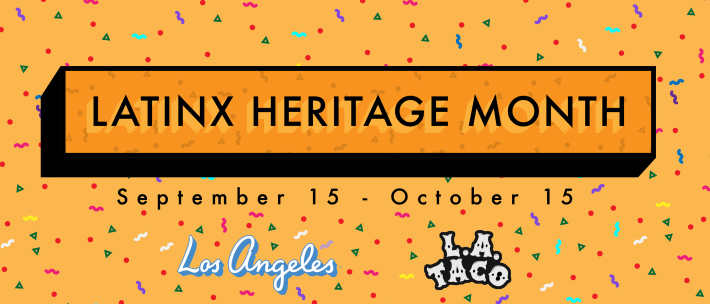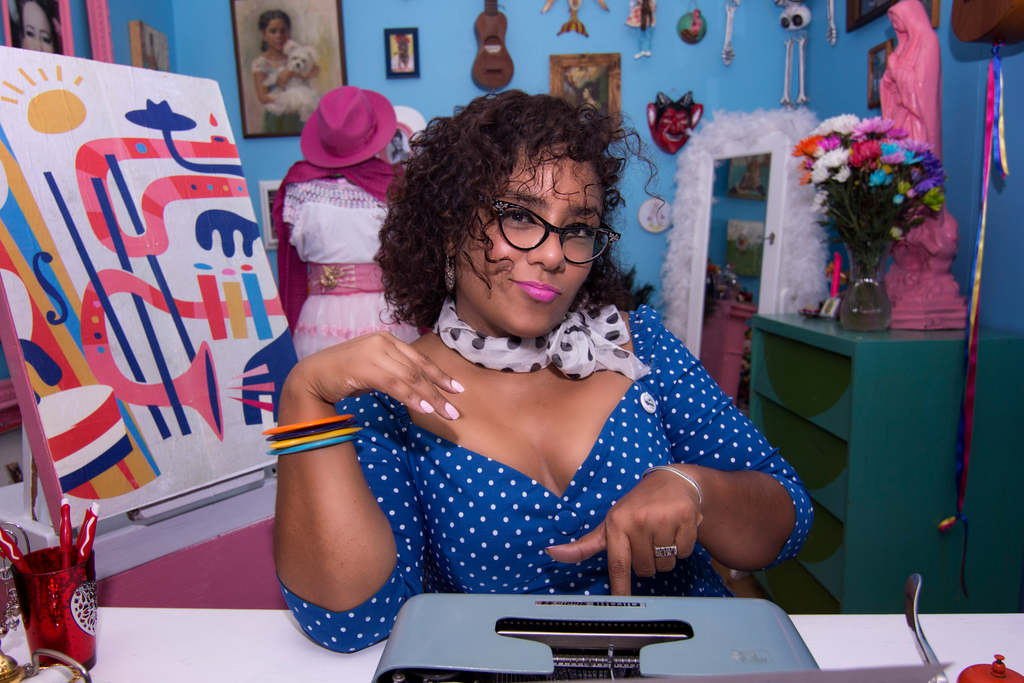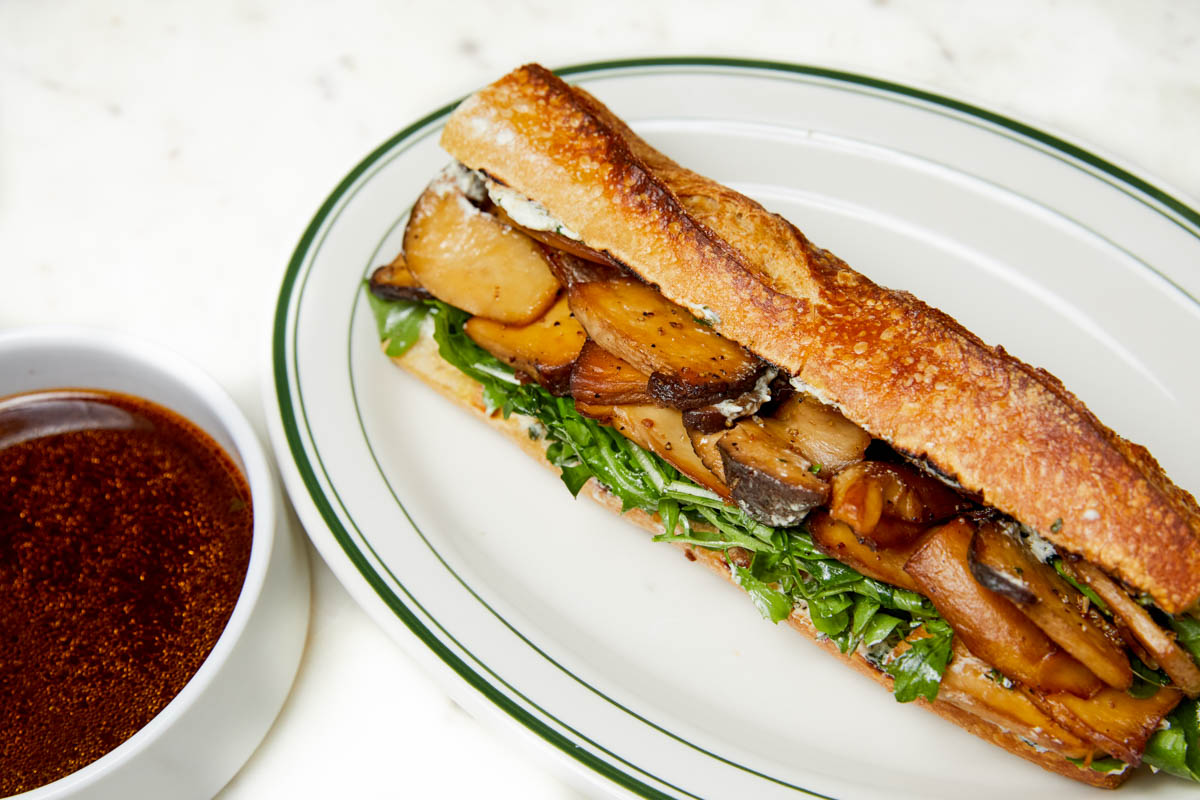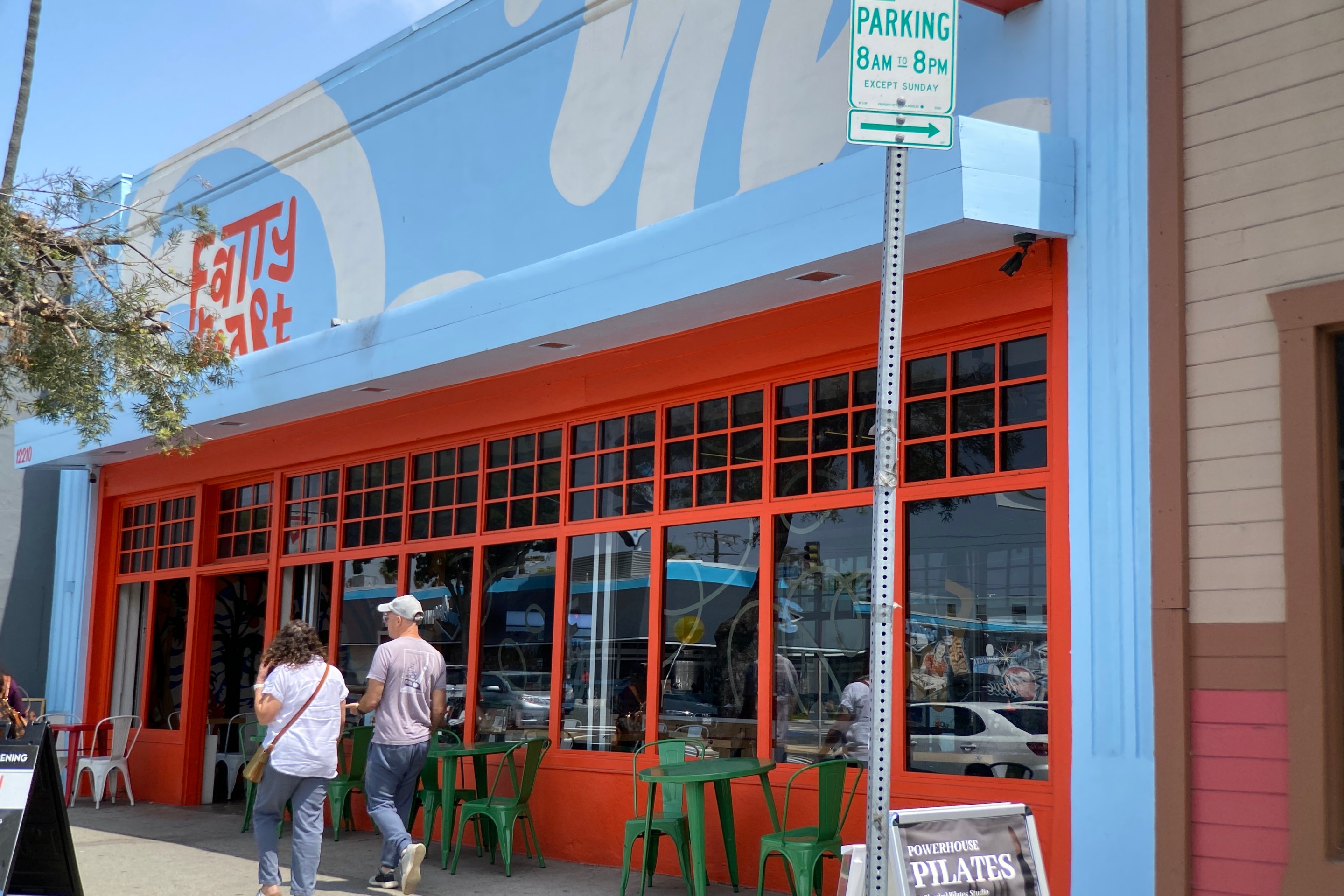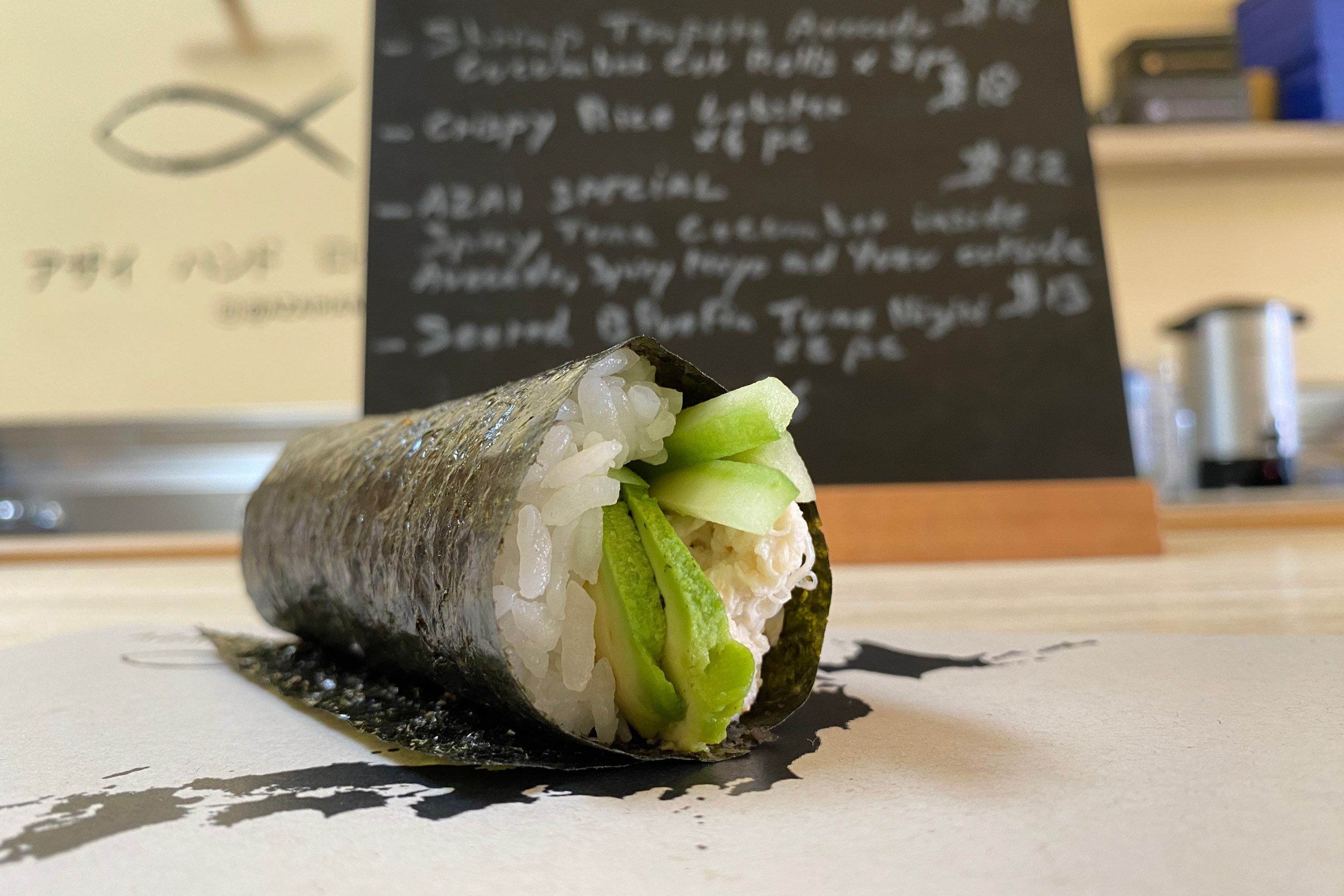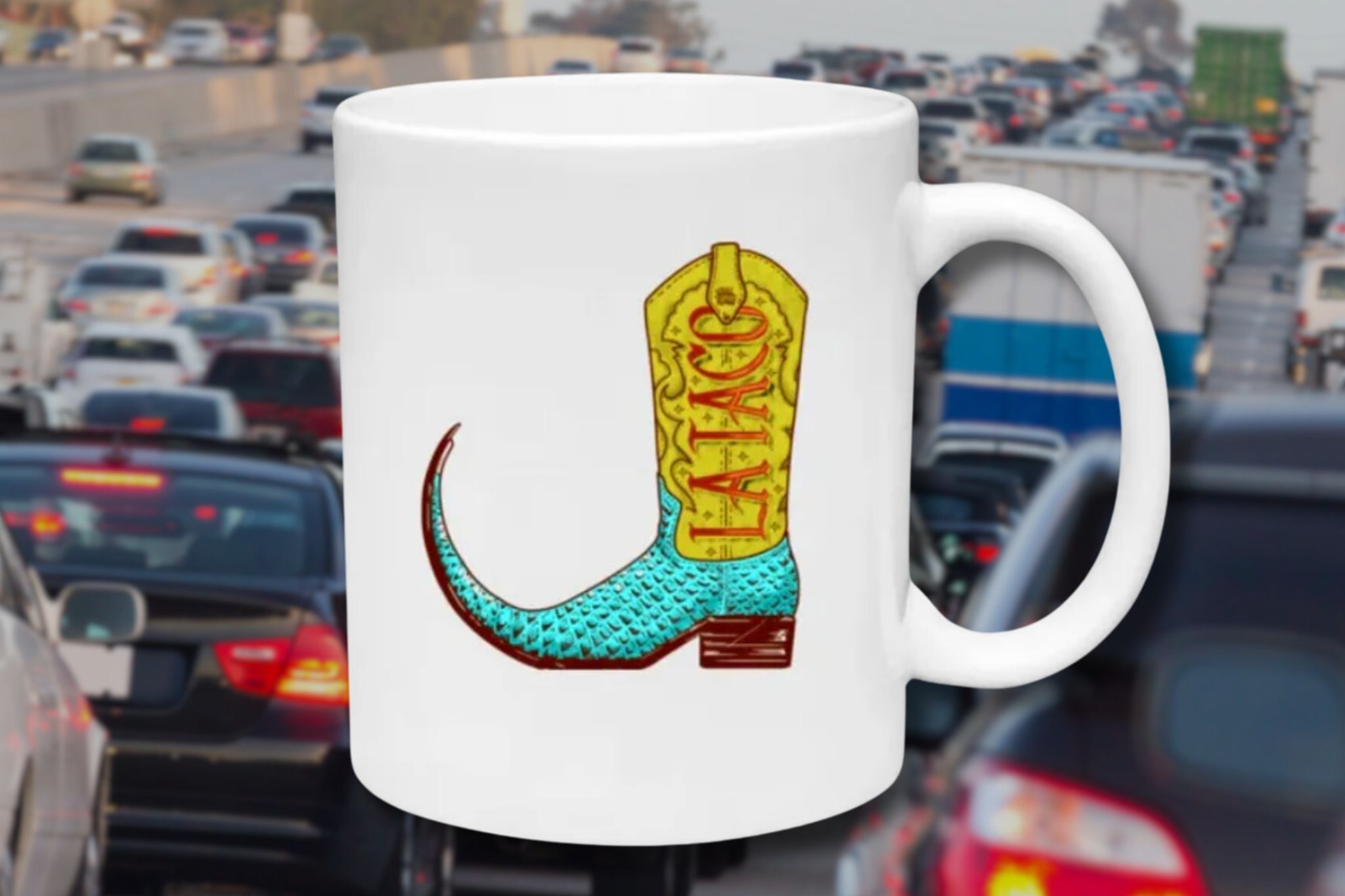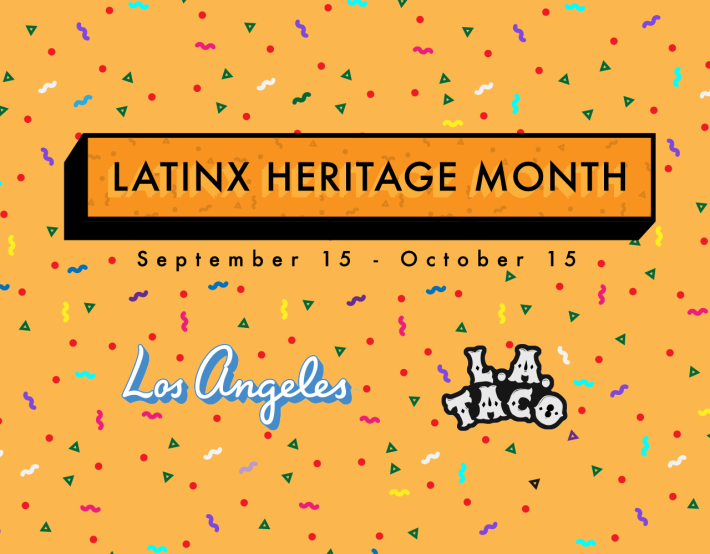
[dropcap size=big]T[/dropcap]here’s a long-running and historic joke about Carnegie Hall in New York that most everyone knows by heart. It goes like this: “How do you get to Carnegie Hall?” The punchline is, of course, “Practice!”
There’s currently no West Coast equivalent of the joke, but one exciting answer to the question of how to get to, say, either The Walt Disney Concert Hall or The Hollywood Bowl in Los Angeles would be “start at Olvera Street.”
Olvera Street, aka La Placita Olvera, is where La Santa Cecilia singer Marisol Hernandez, aka La Marisoul, grew up performing outside the booth run by her family. While there, she met musician Jose “Pepe” Carlos, and the two eventually started La Santa Cecilia. More than a decade later, the local band that started as a duo in a historic section of the city has toured the world. They have won a GRAMMY and have performed in some of L.A.’s iconic and historic venues, such as the previously mentioned Walt Disney Concert Hall and The Hollywood Bowl.
Now, after seven albums with La Santa Cecilia, La Marisoul will release her first solo record. The album, “La Marisoul and The Love Notes Orchestra, Vol. 1,” is a collection of some of her favorite classic songs, such as the lead single “Un Telegrama,” made famous by Monna Bell, “Cómo Fue” by Benny Moré, and “Urge,” most famously interpreted by Vicente Fernandez.
“I gotta say this was never an intention to put out a record and to start my solo career,” explains La Marisoul by phone. “I was always interested to do stuff on my own, but it wasn’t like ‘oh yeah, 2020 is my year to go solo.’ ¡Para nada!”
“I was just trying to share with people another side of me with the boleros and orchestra.”
The original intention was nothing more than an intimate solo performance at a performance hall she’d been to before with La Santa Cecilia. The promoters offered her the chance to do something on her own in February of this year, which gave the show a special significance.
“It was also the first anniversary of my dad’s passing,” she explains, “and, mostly, it was inspired by that, by my dad. My dad was my best friend and one of my biggest inspirations.”
Marisoul and her father were very close. He introduced her to many of the artists and songs she fell in love with, which is why her first solo album includes a version of “Amar Y Vivir,” a classic that Marisoul had performed with La Santa Cecilia on the live album of the same name. The song is one of her favorites and one of her father’s favorite songs as well.
“He got to see La Santa Cecilia do ‘Amar Y Vivir,’ which he was very proud of,” she explains, “and he would always tell me, ‘Mija, es que tú tienes que cantar los boleros pero con orquestras como La Sonora Santanera o Daniel Santos o Toña La Negra.’”
La Marisoul finally got her chance to perform “Amar Y Vivir” backed by an orchestra this past February for the live show. Her friend Carlos Ordiano helped her arrange the orchestral compositions and hired the 24-piece orchestra, which she named the Love Notes Orchestra. It was during the rehearsals for the show that she decided to record the music live at the show.
“I was just trying to share with people another side of me with the boleros and orchestra,” says Marisoul, “pero during the rehearsals, me emocionaba y obvio me acordaba de mi papá. I would feel like ‘Wow, I get to sing with this orchestra and sing these songs.’ It would take me back! It felt like something very special I’d like to document, even if just for myself.”
“I learned my trade as a singer there on Olvera Street with the busking musicians, with los trios, the mariachis, they were my school!”
She hired Daniel Galindo to record the show in one take. Sebastian Krys, who has produced some of La Santa Cecilia’s work, convinced her to publish the album as an official release. Her partner designed the artwork, and she got to work producing the music video for the lead single “Un Telegrama.”
“No era así planeado pero aquí estamos, and I’m super happy and grateful to share these recordings,” she says. “I hope that people feel good with them.”
“La Marisoul and The Love Notes Orchestra, Vol. 1” features seven songs from that special night with the rest to be featured on the upcoming Vol. 2. This first album’s collection of tunes certainly feels like something special. It is a love note to many classic songs of yesteryear. Also, the many artists who brought those songs to life, the cultures and traditions that fostered the music, and, more importantly, the love La Marisoul has for all of it, especially for her father who introduced her to it all, and to Olvera Street—where it all began.
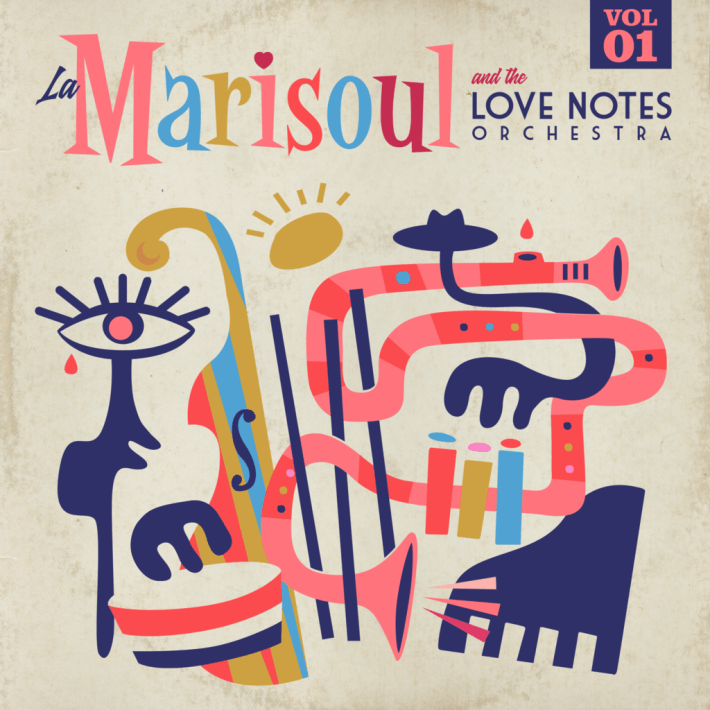
“I owe so much to that street,” she says, trying to hold back a few tears. “I have a lot of love for L.A. I love L.A., born and raised, pero esa callesita gave me so much. I always felt proud of my roots, I always felt proud of our traditions, and it also gave me the gift of music. My parents even met each other there!”
“I was able to grow up there as a kid, playing there on the weekends on this beautiful, historical little street,” she continues. “Not only was it home for me, but it was also a school. It was my playground too. I learned my trade as a singer there on Olvera Street with the busking musicians, with los trios, the mariachis, they were my school!”
Now, does anyone know how to get Carnegie Hall from Olvera Street? Asking for a friend!
La Marisoul and The Love Notes Orchestra Vol.1 is available to stream here.
This L.A. Taco profile is part of a series highlighting the Latinx community in Los Angeles, published in collaboration with Discover Los Angeles, in honor of Latinx Heritage Month. Check back daily for more stories highlighting L.A.’s vast Latinx communities.
